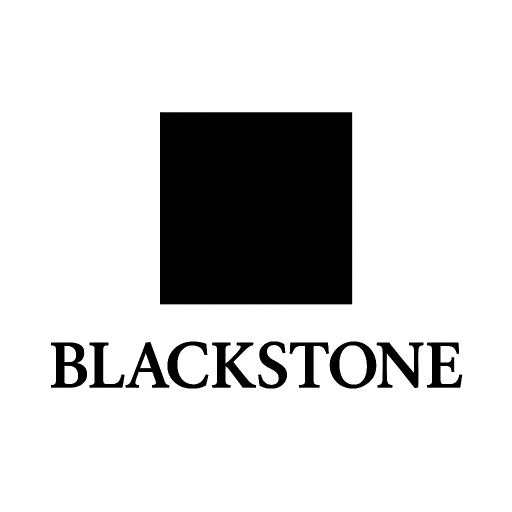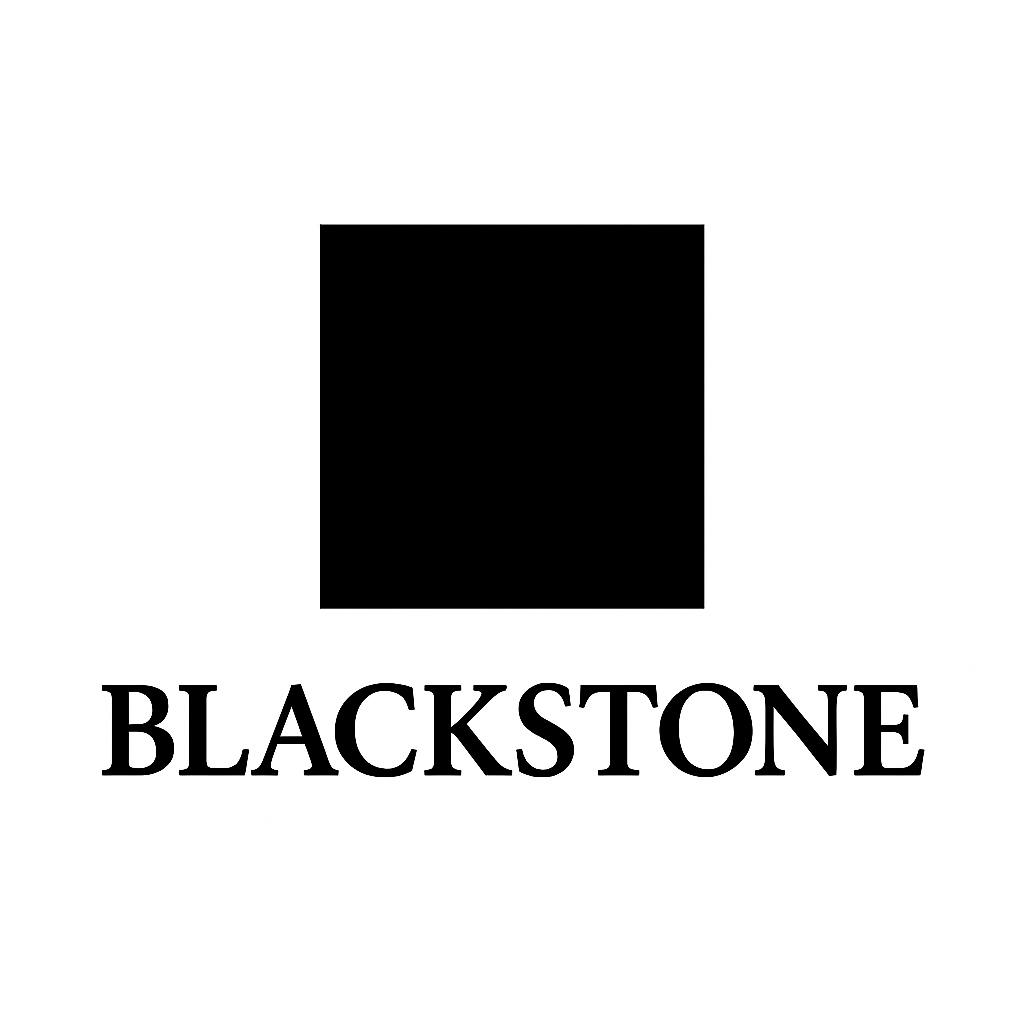
Marketing and advertising are closely related, but they play different roles in business growth. While they work together to support sales and brand awareness, each serves a unique purpose and involves different strategies.
In this guide, Blackstone breaks down the distinctions between marketing and advertising to give you a clearer understanding of how they function — and why both are essential to a successful business strategy.
“While marketing is the full journey of attracting and retaining customers, advertising is one specific method used to promote and persuade through paid messaging.”
Blackstone Team
Defining Marketing and Advertising
Let’s start with clear definitions:
Although they are connected, marketing and advertising are not the same — let’s explore what sets them apart.
What Is Marketing?
Marketing involves developing and executing a full plan to attract and retain customers. It covers everything from market research and product development to brand positioning and customer engagement.
What Is Advertising?
Advertising is a component of marketing focused on spreading messages through paid media. It aims to raise awareness, promote specific offers, or encourage immediate action.
Key Differences: Marketing vs Advertising
Let’s take a closer look at how the roles of marketing and advertising differ across key areas:
2. Purpose and Focus
3. Tools and Techniques
In Summary
Marketing is the full strategy behind how a business positions, promotes, and delivers its offering to customers. Advertising is a specific activity within that strategy — focused on paid promotions to reach and influence your target audience.
At Blackstone, we understand how to align both marketing and advertising to work together, creating strategies that build brand awareness, drive conversions, and support long-term growth.






